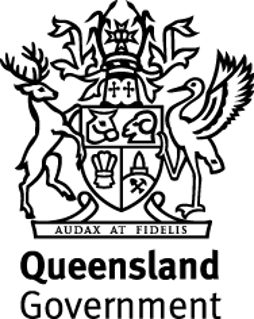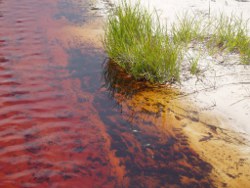|
|
Water processesWater related processes, in very basic terms, include physical, chemical and biological interactions. These interactions can be looked at from a variety of different ways depending on the topic or scale of interest. Hydrology is the science dealing with the properties, distribution and circulation of water. Wetland types can be categorised by the quantity and quality of water, how long wetlands are filled with water, and how often water inundates or flows through the wetland. Each system and type of wetland, and the plants and animals that depend on them, have evolved to suit the natural range of water regimes and conditions. Water moving across and under the landscape into and through a variety of different wetlands has a major influence on everything from the shape of the Earth's surface to the variety of different wetland types and even the species that live within them. The water cycle enables the availability of water for all living organisms and regulates weather patterns. Water travelling across the surface of the landscape is called surface water. Surface water may infiltrate the ground and recharge aquifers where it may then be used by groundwater dependent ecosystems. Changes in water regime or frequency and timing of the period in which a soil is waterlogged may impact spawning, migration and species composition of the wetland and associated systems[1]. High flows, e.g. may allow for wetland connectivity including the exchange of nutrients, detritus and passage of aquatic life between systems. Additional InformationFor more detail on specific processes related to water, see the links below. Groundwater discharge and recharge Precipitation (including rainfall), runoff and infiltration Understanding coastal erosion on beaches Pages under this sectionReferences
Last updated: 20 December 2013 This page should be cited as: Department of Environment, Science and Innovation, Queensland (2013) Water processes, WetlandInfo website, accessed 8 May 2025. Available at: https://wetlandinfo.des.qld.gov.au/wetlands/ecology/processes-systems/water/ |

 — Department of the Environment, Tourism, Science and Innovation
— Department of the Environment, Tourism, Science and Innovation


